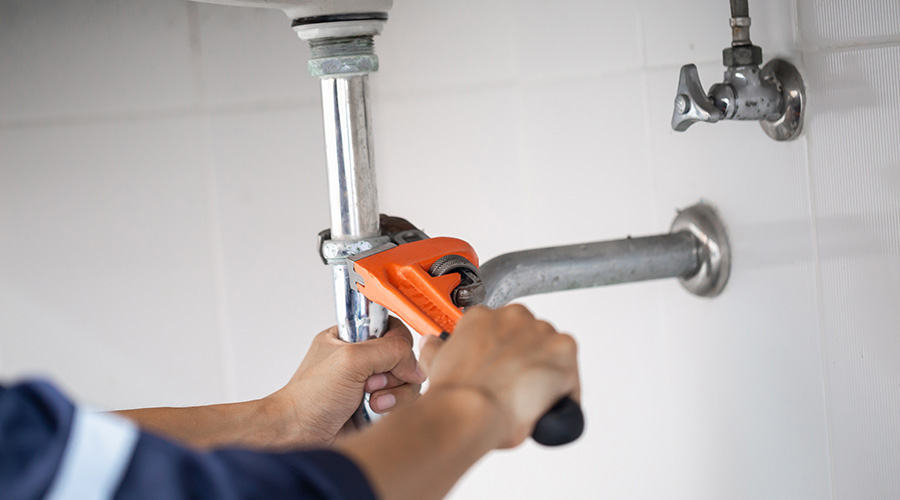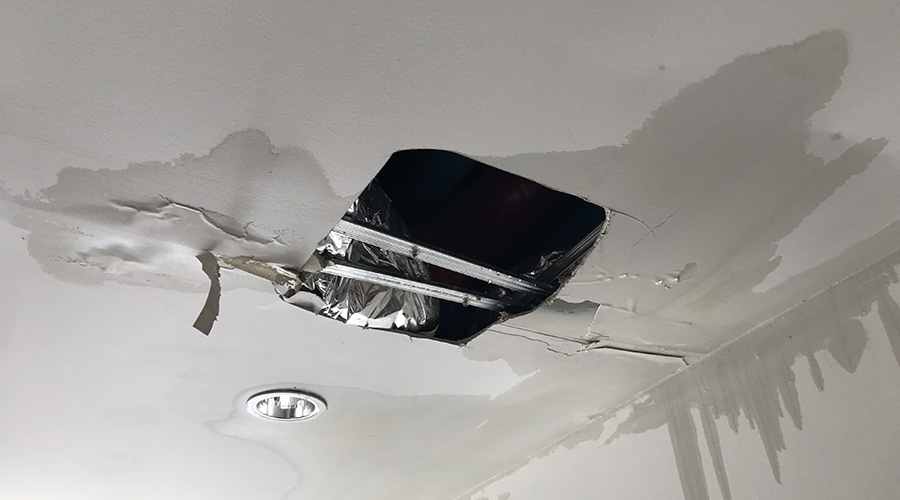Hospital's Plumbing Systems Upgrades Provide Roadmap
When Barbara Hamilton arrived at Palomar Pomerado Health as the system's sustainability manager about one year ago, she made the issue of water conservation a top priority.
The San Diego-based health system has struggled to implement a comprehensive water-conservation program, and the primary reason for those struggles is a lack of data on water use.
"Getting the data all in one place has been a challenge for us so far," Hamilton says. "In order for us to really develop a conservation program, we need to get that data."
As the health system focuses more on water conservation, including the use of water-efficient plumbing fixtures in restrooms, Hamilton and her colleagues can look at two specific case studies within the health system as examples of the progress the organization has made in the last few years.
Pomerado Hospital, a 107-bed, 149,000-square-foot facility in Poway, Calif., completed a plumbing-system retrofit in November 2010. Now, the health system is getting ready to open its state-of-the-art Palomar Medical Center (PMC) West facility — dubbed the "hospital of the future" — early next year. Construction is set to conclude in November. Water conservation was a key tenet of both projects, and Hamilton expects much more to come in the next few years.
"It's part of a larger plan that I have for the health system, part of our larger sustainability plan, which includes top-down, bottom-up engagement," she says. "We're actually looking at energy, water, waste, food, purchasing, and transportation, and engagement is there.
"We can work from the top-down on water efficiency through facilities, and I can get that data and monitor that. But it's also really important to engage staff throughout the organization so they understand the value and importance."
Project Among the People
The challenge of plumbing retrofits in commercial and institutional facilities is the potential to disrupt building operations, and that challenge is magnified in health care facilities.
To successfully upgrade its plumbing system and minimize the impact on patients, mechanics and technicians at Pomerado Hospital had to pay special attention to their surroundings. The hospital specified custom flow-control valves for all of the faucets in patient rooms.
"(The valve) is a device that you hook to the bottom of the faucet, and you're supply line hooks to that," says Rick Johnston, the hospital's lead maintenance mechanic. "It takes the opening from a 3/8 (inch) line to just a pinhole, which reduces the flow of water."
While it takes only about 20-30 minutes to install each flow-control device, completing the task for 300 patient rooms — with patients in varying conditions — presents challenges.
"It was a little bit of a challenge, especially if it was an isolation room," Johnston says. "We tried to do it when a patient wasn't there. Sometimes, we'd have to gown up and get all the proper gear — all your PPE (personal protective equipment) — to go in that room and install those."
Johnston and his team installed the flow-control valves in the facility's public restrooms, as well. The hospital also specified higher-efficiency toilets for the public spaces. The restrooms had featured 3.2-gallon-per-flush (gpf) toilets, but the hospital retrofitted those fixtures with 1.8-gpf units. Despite the lower flow rates, Johnston says service calls related to clogged drains and other issues have not increased.
"Every once in a while, if the city is doing work in the lines, we'll get some dirt in the lines," he says. "We have pretty hard water here in the city of Poway, and the calcium (can be a challenge)."
Related Topics:













